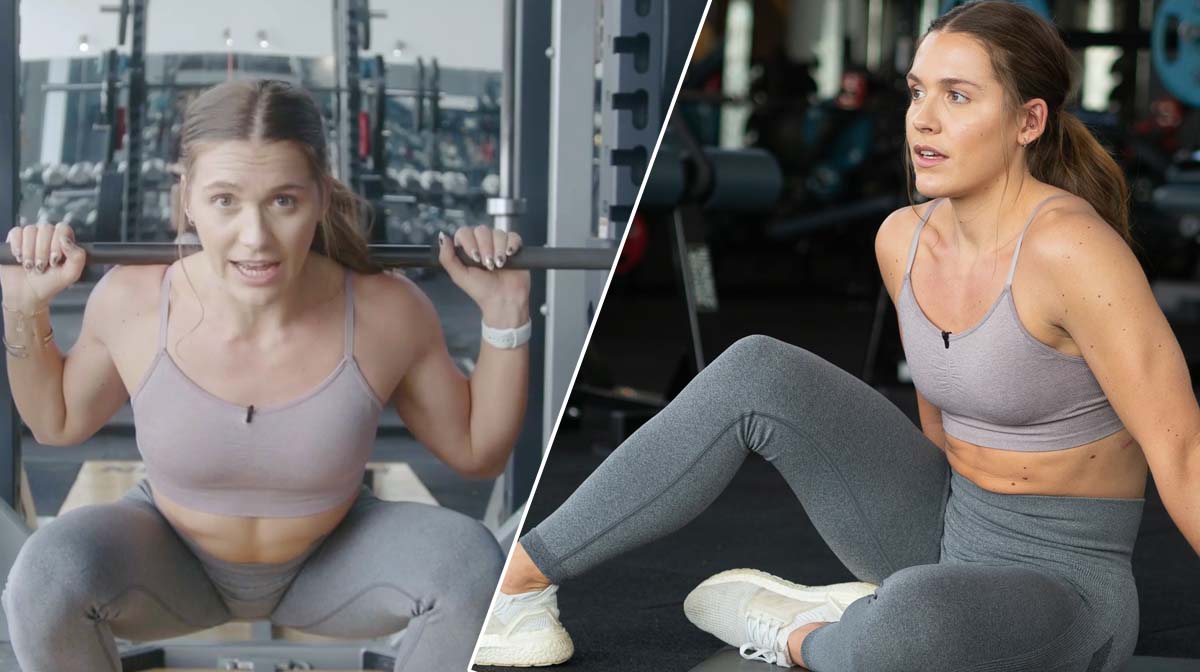
Hybrid Training + Pilates: Nutrition Adjustments You Need
Pilates Pila – In 2025, more fitness enthusiasts are blending the intensity of strength and cardio routines with the precision and control of Pilates. This evolving approach, known as Hybrid Training + Pilates, offers a balance between endurance and mindful movement. But as the workouts evolve, so should your diet. That’s where proper nutrition adjustments come in.
Hybrid Training + Pilates nutrition adjustments are about more than calories or macros; they’re about matching your food to your physical rhythm. Whether you’re cycling through reformer sessions or lifting weights between mat workouts, your body demands flexible fueling strategies that support muscle repair, sustained energy, and joint stability. Many people underestimate how different the nutrition approach must be when combining Pilates with other forms of high-intensity training.
When you understand how Hybrid Training + Pilates nutrition adjustments work, you can transform your body’s recovery, avoid fatigue, and experience the full synergy of strength and flow that this training combo delivers.
The goal of Hybrid Training + Pilates nutrition adjustments is to create harmony between muscle engagement, energy output, and recovery. Unlike traditional workouts that rely on one energy system, hybrid routines challenge both aerobic and anaerobic capacities and this shift changes your nutritional needs significantly.
Here are the key nutrition elements that every Hybrid Training + Pilates practitioner should focus on:
Protein Timing and Variety
Hybrid Training + Pilates nutrition adjustments emphasize not only total protein intake but also the timing. Consuming lean proteins such as chicken, tofu, fish, or lentils within 45 minutes after a session helps repair micro-tears in muscles while improving tone and strength. Plant-based proteins, combined with complex carbohydrates, enhance endurance without feeling heavy.
Smart Carbohydrate Cycling
For hybrid athletes, carbs aren’t the enemy they’re strategic tools. Whole grains, oats, and quinoa fuel your Pilates flow and high-intensity intervals. Hybrid Training + Pilates nutrition adjustments suggest alternating your carb load depending on your workout intensity to optimize glycogen use.
Micronutrient Awareness
Magnesium, calcium, and vitamin D are crucial for muscle contraction and joint health. These nutrients, found in almonds, dark greens, and fortified yogurts, form the backbone of effective Hybrid Training + Pilates nutrition adjustments.
Healthy Fats for Hormonal Balance
Omega-3-rich foods like salmon, walnuts, and chia seeds reduce inflammation and help stabilize hormones — essential when alternating between high-impact and mindful exercise modes.
By implementing these strategies, you make Hybrid Training + Pilates nutrition adjustments part of a lifestyle rather than a restriction. The results often appear in better flexibility, sustained stamina, and reduced soreness after sessions.
Your nutrition timing directly impacts how effective Hybrid Training + Pilates can be. Because hybrid sessions combine high effort with control, the digestive system needs balance between energy availability and comfort. Here’s how to tailor your meals before and after a session:
Pre-Workout Fuel
Light meals containing complex carbohydrates and moderate protein are ideal. Options include:
Greek yogurt with oats and honey
A smoothie with banana, spinach, and almond butter
Whole-grain toast with egg whites and avocado
These meals align perfectly with Hybrid Training + Pilates nutrition adjustments, offering steady energy release without causing bloating.
Post-Workout Recovery
After a demanding hybrid session, focus on replenishment. Some examples:
Grilled tofu with quinoa and steamed broccoli
Salmon bowl with brown rice and spinach
Chickpea salad with olive oil and roasted sweet potatoes
The purpose of Hybrid Training + Pilates nutrition adjustments here is to restore glycogen, repair tissues, and reduce inflammation efficiently.
Hydration with Purpose
Beyond water, add electrolytes and minerals to maintain balance during long hybrid sessions. Coconut water, chia-infused drinks, or light electrolyte mixes are simple yet powerful solutions.
Remember, the key to effective Hybrid Training + Pilates nutrition adjustments is personalization — every body metabolizes differently, so it’s crucial to listen and adjust according to your recovery patterns.
Technology now plays a big role in maintaining consistency. Apps like MyFitnessPal, Cronometer, and Lifesum allow users to align macros with hybrid workouts easily. Many athletes even use wearables that analyze recovery data to determine optimal meal timing.
This digital shift is part of why Hybrid Training + Pilates nutrition adjustments are becoming mainstream. Data-driven eating plans eliminate guesswork and help you sustain energy through combined routines. Tracking apps also reveal how different foods impact performance metrics like endurance, flexibility, and sleep quality — essential factors in long-term wellness.
Sustainability is the foundation of lasting success. The best Hybrid Training + Pilates nutrition adjustments are those you can maintain without feeling deprived. Focus on gradual improvements rather than quick fixes.
Replace processed snacks with nuts or fruit.
Rotate protein sources to avoid fatigue or allergies.
Incorporate rest-day meals rich in fiber and antioxidants.
Prepare pre-portioned lunches that balance carbs, protein, and fats.
Hybrid Training + Pilates nutrition adjustments are not about perfection they’re about progression. By creating consistency in eating habits that support your hybrid sessions, your energy becomes steady, your performance improves, and your recovery time decreases.
Over time, your body learns to thrive under the rhythm of hybrid workouts, supported by mindful nutrition choices that align with your daily flow. It’s a journey that blends strength, awareness, and nourishment into one powerful wellness experience a lifestyle where Hybrid Training + Pilates nutrition adjustments become second nature.